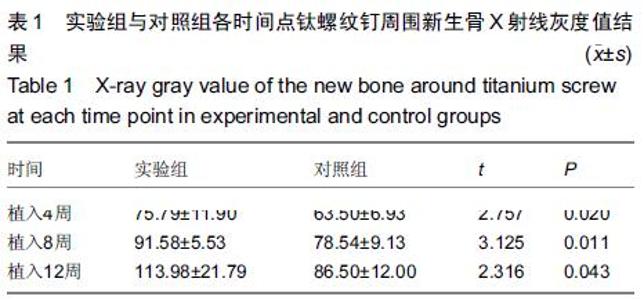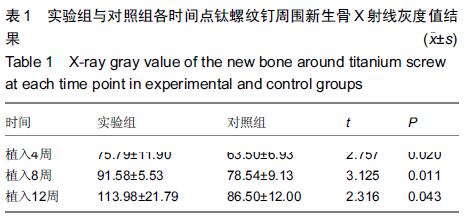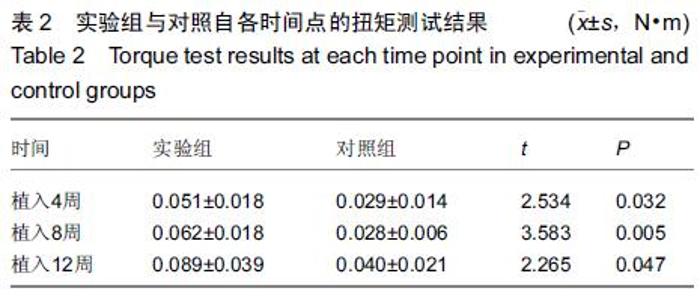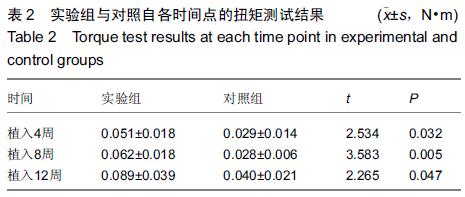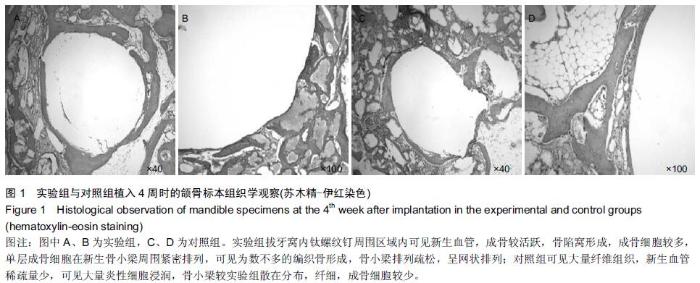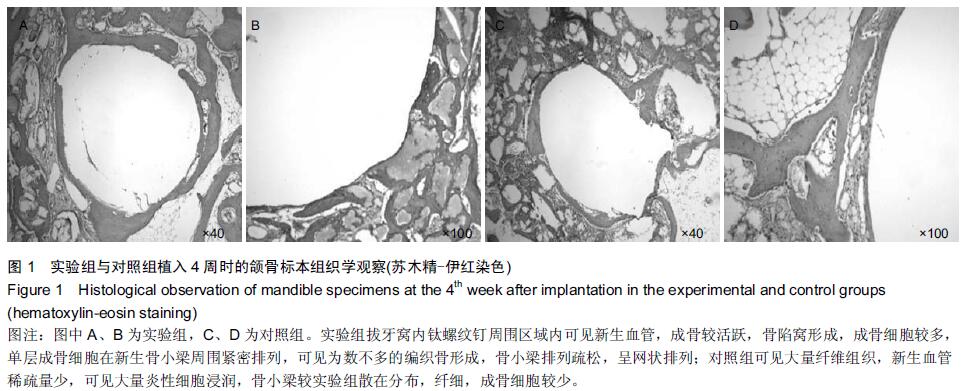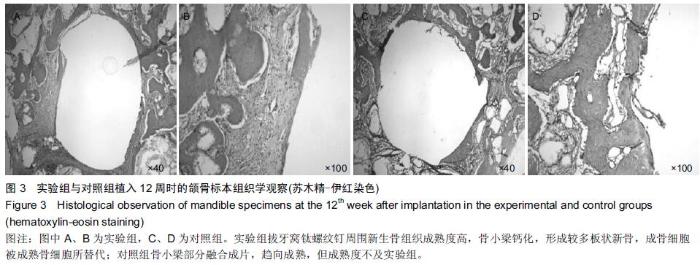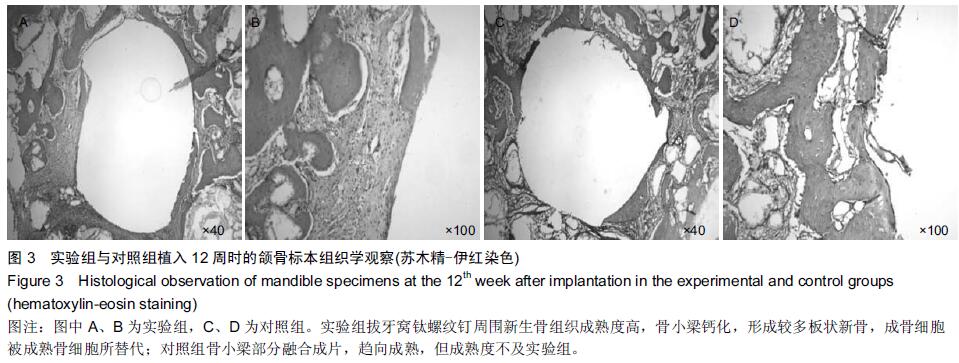[2] 卢旻鹏.载银纳米抗菌复合骨填充材料治疗兔胫骨慢性骨髓炎的实验研究[D].重庆医科大学,2010.
[3] Xiu ZM,Zhang QB.Negligible particle-specific antibacterial activity of silver nanoparticles.Nano Lett.2012;12(8): 4271-4275.
[4] 张晟,麦理想,柳大烈,等.纳米Ag/TiO_2涂层托槽对牙龈卟啉单胞菌的抗菌性能[J]. 广东医学,2012,33(9):1220-1222.
[5] Shipra T,Mehrotra GK.Chitosan-silver oxide nanocomposite film:Preparation and antimicrobial activity. Mater Sci.2011; 34(1):29-35.
[6] Humberto HL,Nilda VA,Liliana IT .Mode of antiviral action of silver nanoparticles against HIV-1.Nanobiotechnology. 2010; 8(1):21-28.
[7] LiW R,Xie XB,Shi QS,et al.Antibacterial activity and mechanism of silver nanoparticles on Escherichia coli.Appl Microbiol Biotechnol.2010;85(4):1115-1122.
[8] 吴宗山,李莉.天然产物绿色合成小尺寸纳米银及抗菌性[J].精细化工,2014,31(8):964-973.
[9] You CG,Chun MH,Xin GW,et al.The progress of silver nanoparticles in the antibacterial mechanism,clinical application and cytotoxicity. Mol Biol Rep.2012;39(9): 9193-9201.
[10] 朱玲英,郭大伟,顾宁.纳米银细胞毒性体外检测方法研究进展[J].科学通报,2014,22(59):2145-2152.
[11] Silver S. Bacterial silver resistance:Molecular biology and uses and misuses of silver compounds.FEMS Microbiol Rev. 2013;27(2):341-353.
[12] Sukumaran P,Eldho KP.Silver nanoparticles: mechanism of antimicrobial action, synthesis, medical applications, and toxicity effects. Int Nano Lett.2012;2(32):1-10.
[13] Xu C,Su P,Wang Y,et al.A novel biomimetic composite scaffold hybridized with mesenchymal stem cells in repair of rat bone defects models.J Biomed Mater Res A.2010;95(2): 495-503.
[14] 宋华,任向前,未东兴.纳米羟基磷灰石对缺损骨再生的影响[J].中国组织工程研究,2015,19(8):1155-1159.
[15] Heuer W,Elter C,Demling A,et al.Analysis of early biofilm formation on oral implants in man.J Oral Rehabil.2007; 34(5):377-382.
[16] 张筱薇,张强,周力伟.种植修复后牙周菌群在不同时期变化的定量研究[J].中国微生态学杂志,2008,20(6):577 -579.
[17] 霍晓敏.种植体周围炎的治疗方法及其评价[J].口腔医学研究, 2008,24(1):99.
[18] 杜滕飞,商红国.种植体周围炎防治方法的研究进展[J].临床口腔医学杂志,2015, 31(2):114-115.
[19] 吴宗山,胡海洋,任艺,李莉.纳米银的抗菌机理研究进展[J].化工进展,2015,34 (5):1349-1370.
[20] 隋洪艳.骨粉内缓释纳米银缓释及抗菌性能研究[D].吉林大学, 2013.
[21] 孙倩,李明春,马守栋.纳米银抗菌活性及生物安全性研究进展[J].药学研究,2013,32(2):103-105.
[22] Georgios AS,Sotiris EP.Antibacterial activity of nanosilver ions and particles. Environ Sci Technol.2010;44(14)5649-5654.
[23] Bhattacharjee S,Ershov D,Fytianos K,et al.Cytotoxicity and cellular uptake of tri-block copolymer nanoparticles with different size and surface characteristics. Par Fibre Toxicol. 2012;9(11):1-19.
[24] Gorth DJ, Rand DM,Webster TJ.Silver nanoparticle toxicity in Drosophila: size does matter.Int J Nanomedicine.2011;6: 343-350.
[25] Munger MA,Radwanski P,Hadlock GC,et al. In vivo human time-exposure study of orally dosed commercial silver nanoparticles.Nanomedicine. 2014;10(1):1-9.
[26] Faedmaleki F,H Shirazi F,Salarian AA,et al. Toxicity Effect of Silver Nanoparticles on Mice Liver Primary Cell Culture and HepG2 Cell Line.Iran J Pharm Res. 2014;13(1):235-242.
[27] 刘玉,尹伟,史春.20-40nm银的体外生物安全性研究[J].口腔医学研究,2015,31(2):120-122.
[28] 廖娟,费伟,郭俊.纳米银抗菌钛表面对成骨细胞早期生物学行为的影响[J].实用医院临床杂志,2014,5(11):47-49.
[29] 王守立.纳米银骨水泥预防关节置换术后感染的实验研究[D].第二军医大学,2013.
[30] 佘文珺,傅远飞,张富强.纳米载银无机抗菌剂对义齿基托树脂细胞毒性的影响[J].上海交通大学学报:医学版,2006,26(10): 1102-1104.
[31] Johansson CB,Alhrektsson T.A removal torque and histomorphometric study of comm ercially pure niobium and titanium implants in rabbit bone.Clin Oral Implants.1991; (2):24-29.
[32] 高劲松,孙伟.种植体-骨整合情况的数据化观察方法[J].中国临床医药研究杂志, 2005,11(140):15205-15207.
[33] 康博,刘成军,刘国红,等.牙种植体周围骨缺损引导骨组织再生后骨结合的生物力学研究[J].中国口腔种植学杂志,2009, 14(1): 1-3.
[34] Verma D,Katti KS,Katti DR.Osteoblast adhesion, proliferation and growth on polyelectrolyte complex-hydroxyapatite nanocomposites.Philos Transact A Math Phys Eng Sci.2010; 368(1917):2083-2097.
[35] Murphy CM,O'Brien FJ.Understanding the effect of mean pore size on cell activity in collagen-glycosaminoglycan scaffolds.Cell Adh Migr.2010;4(3):321-329.
[36] 桑裴铭,张明.医用纳米羟基磷灰石/聚酰胺66复合生物材料研究现状及进展[J].医学综述,2012,18(13):2072-2074.
